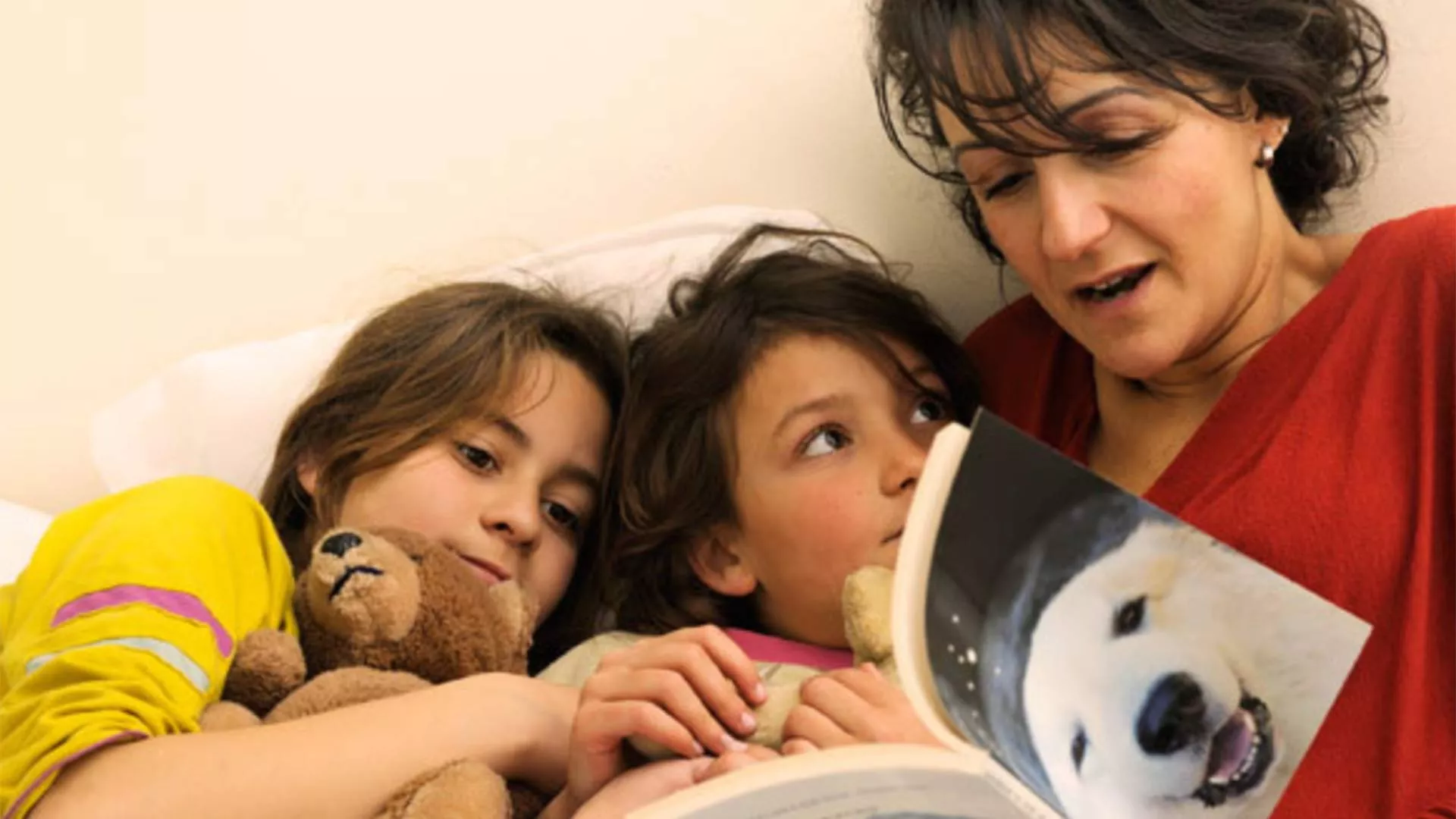Welcome, parents! One of the most important gifts we can give our children is to help them learn to read and write so that they can succeed in school and beyond. Confident, active readers are able to use their reading skills to follow their passions and curiosity about the world. We all read for a purpose: to be entertained, to take a journey of the imagination, to connect with others, to figure out how to do something, and to learn about history, science, the arts, and everything else.
Learning to read is complex. Children don't learn one reading-related skill and then move on to the next in a step-by-step process. Instead, they must develop competency in four areas at the same time: word identification, comprehension, fluency, and motivation.
We hope this guide will give you a better understanding of what it takes to learn to read (and write) and how you can help your children grow as readers, writers, and learners!
Quick start: Select your child’s grade level
Learn about typical milestones and find simple activities to help your child with reading and writing.
► Pre-K
► Kindergarten
► First Grade
► Second Grade
What does it take to become a strong reader?

1. Understanding what print is and the parts of a book
Print awareness is the understanding that print carries meaning and that in English it reads from left to right. It also means learning that books contain letters and words, have front and back covers, and are handled in a certain way.

2. Recognizing the sounds in spoken words
Phonological and phonemic awareness is the ability to hear, identify, and play with the sounds in spoken language — including rhymes, syllables, and the smallest units of sound (phonemes).

3. Connecting the sounds of speech with letters
Phonics is a systematic way to teach the alphabetic principle — the idea that letters represent the sounds of spoken language — and that there is a predictable relationship between letters and sounds.

4. Reading with accuracy and expression
Fluency is a child's ability to read a book or other text with accuracy, at a reasonable rate, and with appropriate expression. A fluent reader doesn't have to stop and "decode" each word.

5. Knowing what each word means
Vocabulary is word knowledge. Word learning is an ongoing process. Children are always adding to their "word banks" in order to recognize and understand the meaning of spoken and written words.

6. Understanding what you read
Comprehension is the goal of reading! It is the thinking process readers use to understand what they read. Strong vocabulary, background knowledge, and an understanding of how language works are keys to comprehension.
Visit the Reading Basics section to learn more about the building blocks of reading.
Writing

From handwriting to personal stories to persuasive writing to explaining how to do something, discover ways to encourage your child to write every day. Developing good writing skills strengthens vocabulary, comprehension, and spelling skills. Visit the Writing Basics section to learn more.
"The primary goals of writing are to communicate, to persuade, to inform, to learn, to reflect about yourself, and also to entertain others. What really makes writing motivating for young children is sharing it and being successful with it."
— Steve Graham, Arizona State University
Your Union. Your Voice.


